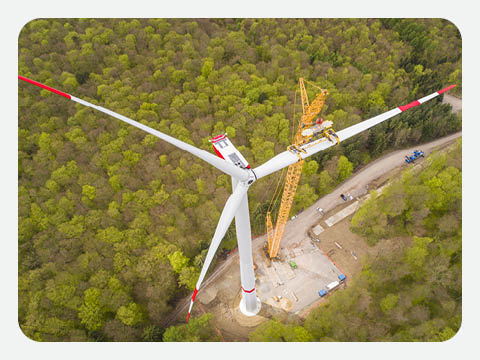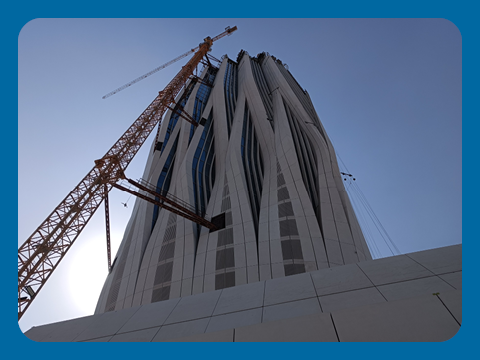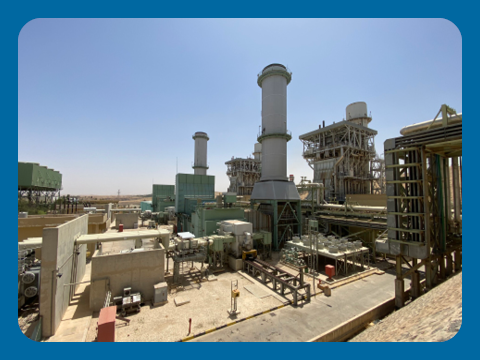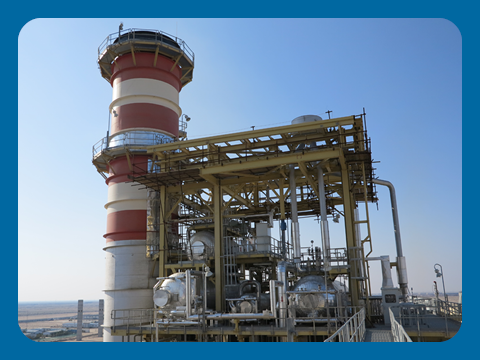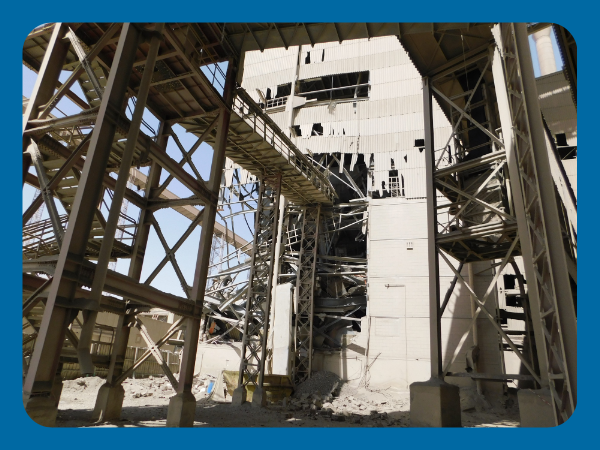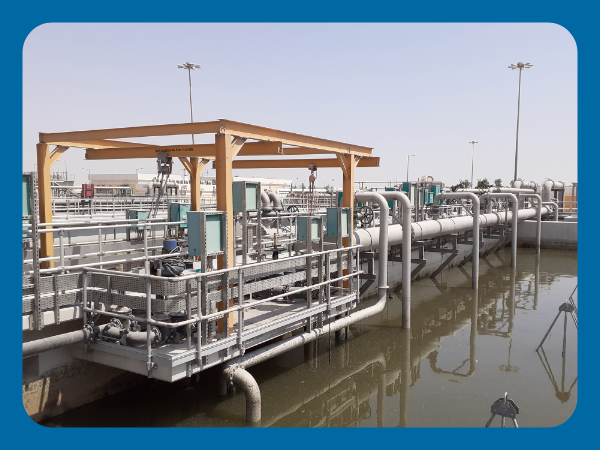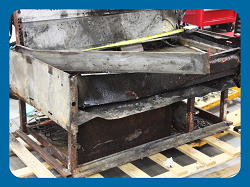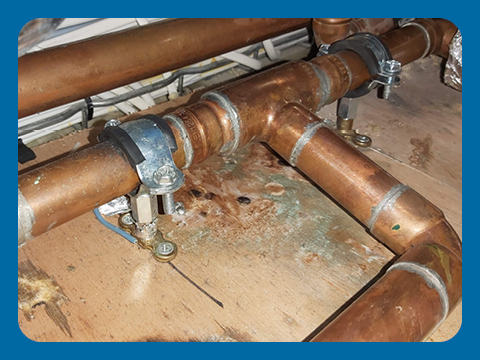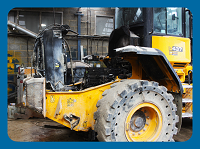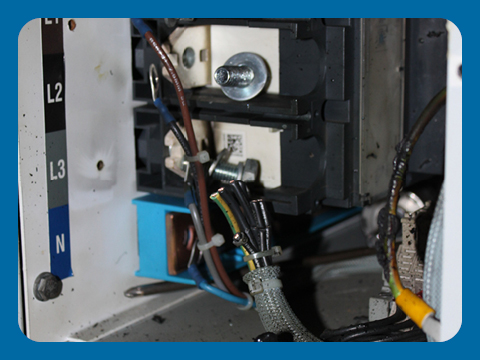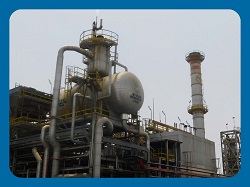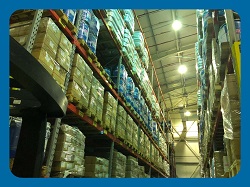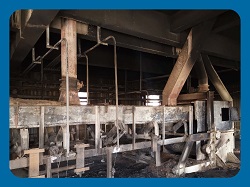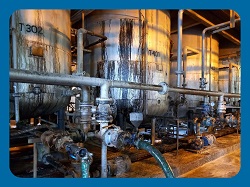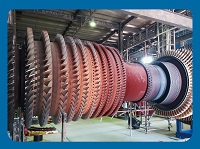In an insurance context, asset valuation is required to assess the market value of property (buildings, equipment, and contents) to ensure that adequate cover is received from an insurance company. Assets can include buildings, equipment, stock, vehicles, and work products, as well as intangible assets such as brands, goodwill, and labour.
 Based on our extensive experience assisting insurers and loss adjusters in the process of evaluating reinstatement costs after a loss, we have developed a unique approach to evaluating all types of assets, including buildings, plant and machinery, equipment, and other types of property.
Based on our extensive experience assisting insurers and loss adjusters in the process of evaluating reinstatement costs after a loss, we have developed a unique approach to evaluating all types of assets, including buildings, plant and machinery, equipment, and other types of property.
From the value of an aged boiler in a power plant to the value of old CAD drawings created by a design firm, we have successfully determined the value and issued detailed and comprehensive reports supported by scientific and commercial evidence.
In the past, our experts have been involved in asset valuation of properties to not only determine the sum insured prior to providing cover, but also following catastrophic losses in order to determine settlement amounts. In some cases, we were even able to successfully establish commercial values at given times in the past. For example, our experts produced an accurate valuation of damaged IT equipment that was affected by flooding several years in the past. Our experts’ opinions were instrumental for the court to determine a fair and reasonable settlement amount.
In some instances, there is no useful or relevant evidence of recent market transactions that can be used to value an asset due to the specialised nature of that asset. Under these circumstances, CEERISK experts apply DRC (Depreciated Replacement Cost) methods to determine the accurate value of an asset.
Our asset valuation services were used by (re)insurers and their clients in many situations, including:
- Machinery in different types of businesses, including construction, heavy industries, oil & gas, power generation, transmission and distribution, petrochemicals, and semiconductors.
- High-tech equipment in data centres, hospitals, educational institutions, automation, communication, and TV productions and broadcasting.
- Stock, including semiconductor components, machine parts, and raw material such as aluminium and plastics.
- Construction projects, including CPM, buildings, and material.
- Data and intellectual property, such as CAD drawings and programs.

